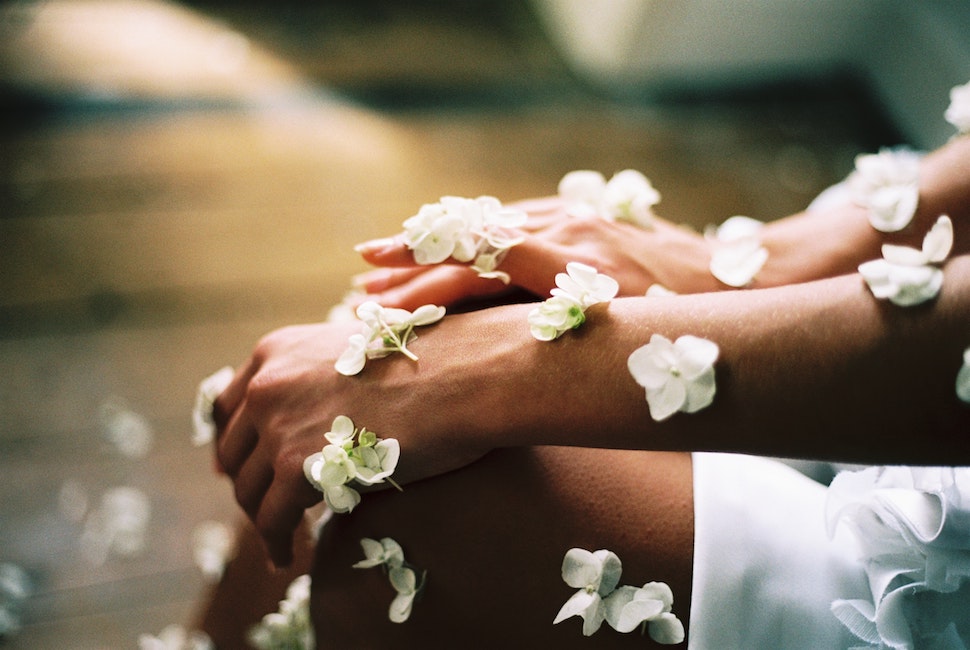
The goal of a spa environment is to allow people to drop their defenses at the door—to let their worries melt away so they can fully embrace the healing atmosphere. For some groups of people, this is easier said than done.
“I often avoid spas in general, just because I never know how people will respond to my body,” explains Olly Millar, a member of the trans community. “If I want to relax, I don’t want to have to contend with people’s perceptions of me, so I seek out other options like private spaces.”
Events like the Wi Spa incident—in which a trans woman entering a female locker room caused public outcry and made national news—remind members of the trans, nonbinary, and gender-nonconforming communities that there are still purportedly healing places where they cannot escape judgment based on gender expectations. Stress follows them across every threshold.
How, then, to create a spa environment that is capable of meeting people where they are, as they are?
Providing a Safe Environment
“When you’re in a space like a spa, part of what we want to do is provide a safe environment. We’re looking to say ‘Come here. This is a healing place,’” said Rachel Hogancamp, Founder and Managing Partner of Rasa Spa. “We want to hold you as the person that you are, and not try to push you into a box that you don’t actually fit in. And I think when someone has to choose a changing room, that can feel tricky for some people.”
“We want to hold you as the person that you are, and not try to push you into a box that you don’t actually fit in . . .”
For years, Rasa’s flagship operation in Ithaca, New York, has had an all-gender changing room. The private space is outfitted with lockers and has a locking door so that guests who are uncomfortable changing around others can have privacy. But it wasn’t until Rasa was involved in the planning of a new facility in Aurora, New York, that they could expand the scope of all-gender facilities. There, they worked with the builders to create a private changing space with a shower, as well as an outdoor sauna space that requires guests to wear a robe or bathing suit to enter.
While Rasa’s all-gender facilities were created with the trans, nonbinary, and gender-nonconforming communities in mind, additional accessibility benefits revealed themselves along the way.
“If somebody comes to us who is differently-abled, they need assistance, and they’re with somebody of a different gender, they’re in trouble [in traditionally gendered spaces],” Hogancamp said. It can be hard for caretakers to be with someone who relies on them in that environment. “[All-gender facilities] offer the opportunity to go in with your loved one and have a private space to assist if needed.”
While Rasa Spa is moving ahead with creating spaces that are comfortable for everyone, national participation in this conversation is falling behind. Sensitivity trainings for working with gender diverse individuals are not widely available for spa professionals—and guests can tell.
“A big turn-off for me is if I am a repeat customer and get to know the people working with me, but they continue to misgender me after being corrected,” said Red Distad, who identifies as nonbinary and agender. Positive experiences with trained staff, however, leave a lasting effect. When pronouns are respected, “it makes it easier for me to focus on the treatment and what I need to repair my body, rather than bracing for misgendering and deadnaming.”
Individual trainings on workplace sensitivity exist, but few are directed at the professional spa community or licensed by organizations. Seeking out and providing trainings can be costly, and it falls to spa owners to identify a need and the resources that can help fill that need.
A Path Forward
However, a path forward is possible. Just last year, a new awareness course was certified by Habia in the UK. Habia is the standard-setting body for the spa and cosmetic industries in the UK, and their stamp of approval is sought after by educators and service providers. Titled “Trans Awareness for Spas,” the course was created by Sam Marshall and Keri Blue, a pair of trans-awareness educators and salon owners. It tackles subjects such as dealing with clients’ dysphoria and utilizing correct pronouns as a sign of respect.
Until such courses are available in the US, concerned salon owners have to take matters into their own hands. “I don’t know of anyone that is offering that [gender diverse sensitivity training], and I think it’s an important one,” said Hogancamp. “We’re trying to see if it’s something we could do. We have a number of people working with us that could be a good resource to develop a training, so it’s something that we’re looking at.”
Above all, the goal for implementing all-gender spaces and providing sensitivity training is to allow members of marginalized communities to receive the same experiences as anyone else. “I hope that one thing spas offer is a place for peace,” Hogancamp explained. “We all need it, desperately. And if you’re going to a place for peace and healing, and the first thing you bump into is ‘Oh, there’s no place for me,’ that’s a problem that we really need to address.”
Editor’s note: If you know of other properties or programs making progress in this space, please email info@insidersguidetospas.com.
Zac Jones-Gomez
Zac Jones-Gómez is a freelance writer based in Louisville, Kentucky. His writing covers food, travel, and cultural topics, often through the lens of queer representation. Keep in touch with his latest on Twitter and Instagram: @TheKitchenGent.